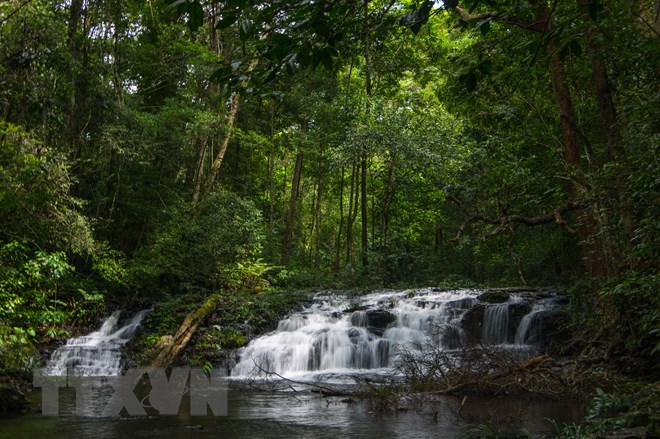The Núi Chúa Biosphere Reserve, located in Ninh Thuận Province, was recognized by UNESCO as a biosphere reserve in 2021. This area stands out for its rich biodiversity and unique landscape values. Below are the key highlights of this region:
1.Ecological Characteristics and Biodiversity
The Núi Chúa Biosphere Reserve is home to over 1,500 plant species, including 54 rare species listed in the Vietnam Red Data Book and international Red Lists. It is also home to 765 animal species, some of which are rare, such as sea turtles and the black-shanked douc langur. Notably, the coastal coral reefs in this region are among the largest in Vietnam, hosting over 350 species of coral, contributing to a rich marine ecosystem.
2.Climate and Geography
The Núi Chúa region has a semi-arid climate with low rainfall and high temperatures, which supports the growth of drought-resistant plants. The vegetation here includes cacti, bloodwood trees, and other endemic species adapted to the harsh environment.
3.Natural Landscape
Núi Chúa boasts breathtaking landscapes, including limestone mountain ranges, thorny grasslands, and Vĩnh Hy Bay—one of Vietnam’s most beautiful bays. These sites not only have ecological value but also attract tourists due to their pristine and mysterious beauty.
4.Role in Conservation and Sustainable Development
The Núi Chúa Biosphere Reserve plays a crucial role in biodiversity conservation and sustainable development. Scientific research, ecotourism programs, and cultural preservation initiatives are being implemented to protect nature and promote the local economy sustainably.
5.Challenges and Opportunities
This region faces challenges in maintaining the balance between environmental protection and economic development. However, the UNESCO recognition offers opportunities to develop eco-tourism, improve the quality of life for local communities, and protect nature while preserving cultural values.

